Everyone (Even You!) Can Use Satellite Data
Everyone (Even You!) Can Use Satellite Data
At NASA we’re pretty great at putting satellites and science instruments into orbit around Earth. But it turns out we’re also pretty great at showing people how to get and use all that data.
One of the top ways you can learn how to use NASA data is our ARSET program. ARSET is our Applied Remote Sensing Training program and it helps people build skills that integrate all these Earth science data into their decision making.

ARSET will train you on how to use data from a variety of Earth-observing satellites and instruments aboard the International Space Station.
Once you take a training, you’ll be in GREAT company because thousands of people have taken an ARSET training.

We hold in person and online trainings to people around the world, showing them how to use NASA Earth science data. Trainings are offered in air quality, climate, disaster, health, land, water resources and wildfire management.
For example, if you’re trying to track how much fresh drinking water there is in your watershed, you can take an ARSET training and learn how to find satellite data on how much precipitation has fallen over a certain time period or even things like the ‘moistness’ of soil and the quality of the water.

Best yet, all NASA Earth observing data is open and freely available to the whole world! That’s likely one of the reasons we’ve had participants from 172 of the approximately 190 countries on Earth.

Since its beginning 10 years ago, ARSET has trained more than 30 thousand people all over the world. They’ve also worked with people from more than 7,500 different organizations and that includes government agencies, non-profit groups, advocacy organizations, private industry.
And even though 2019 is ARSET’s 10th birthday – we’ve only just begun. Every year about 60% of the organizations and agencies we train are new to the program. We’re training just about anyone who is anyone doing Earth science on Earth!
Join us, learn more about how we train people to use Earth observing data here, and heck, you can even take a training yourself: https://arset.gsfc.nasa.gov/.
Make sure to follow us on Tumblr for your regular dose of space: http://nasa.tumblr.com
More Posts from Night-hides-the-world and Others

Saturn's moonlet Prometheus sends ripples through the F ring by the force of its gravity in this series of 9 shots.
Credit: NASA
Seriously done with life..

Once again, I got rejected from a job the moment i came into an in person interview which is strange since the person was desperate to see me only to cut the inteview short upon noticing I am not what she thought i was (I’m brown skinned.)
This has been happening to me for almost 2 years and despite my 10+ years graphic design experience, I guess it’s not enough, i get the fake smile, the awkqard atmosphere and then “Well…we were really looking for someone who is self motivated and creative….” Even though they already saw my portfolio and resume and just had to see me as I would always be the first one to be interviewed. Afterwards I would get the “Well…we’re still interviewing and …we’ll be in touch” Nonsense. ::sigh::
I guess i’m giving up all together…i’ve applied to over 2000+ job applicaitons and I either get job rejections automatically or situations like this when I actually get my foot in the door for an in person inteview.
Perhaps I wasn’t meant to work for anyone and maybe this is God telling me to focus on Cosmic Funnies as my job.
Whichever it is, I am tired and wanting to give up on life. I work so hard and I feel like i’m getting nowhere.
If you wish for me to make Cosmic Funnies my job, please support me on my Ko-fi so I can actually have food to eat:
https://ko-fi.com/cosmicfunnies
I have a patreon as well: https://www.patreon.com/cosmicfunnies
I have two sales going on my cosmic funnies site
https://www.cosmicfunnies.com/starry-shop
Use code STARRYSCHOOL30 (sale ends september 20th)
Check out my latest planner:
They’re on the book shop in both soft and hard cover, 6x9 and 8x10 and it will come with starry emojis deluxe 2 sticker set so you’re getting a nice bundle for one price.
https://www.cosmicfunnies.com/book-shop/cosmic-funnies-17-month-planner-2019-2020

http://cosmicstickies.bigcartel.com
This is my sticker shop where you can purchase foil stickers, planner stickers and more..
And if you’re looking to hire a designer, check out my portfolio: https://jackiemoliner.myportfolio.com
And contact me at cosmicfunnies@gmail.com
I don’t emjoy asking for help but sadly I have no choice but to humble myself and ask for help since this world is so cruel that sometimes I just want to off myself. I’m seriously tired of living.
Thanks for your support….and have a great day.
Enchanted Moon II by Nima Shayesteh
Wolf Moon by miguel aviles - Art of Visuals Collective
Moon on the horizon, Santa Barbara | California (by A. Klioutchnikov)
And unfortunately I can’t find credit for the final photo.




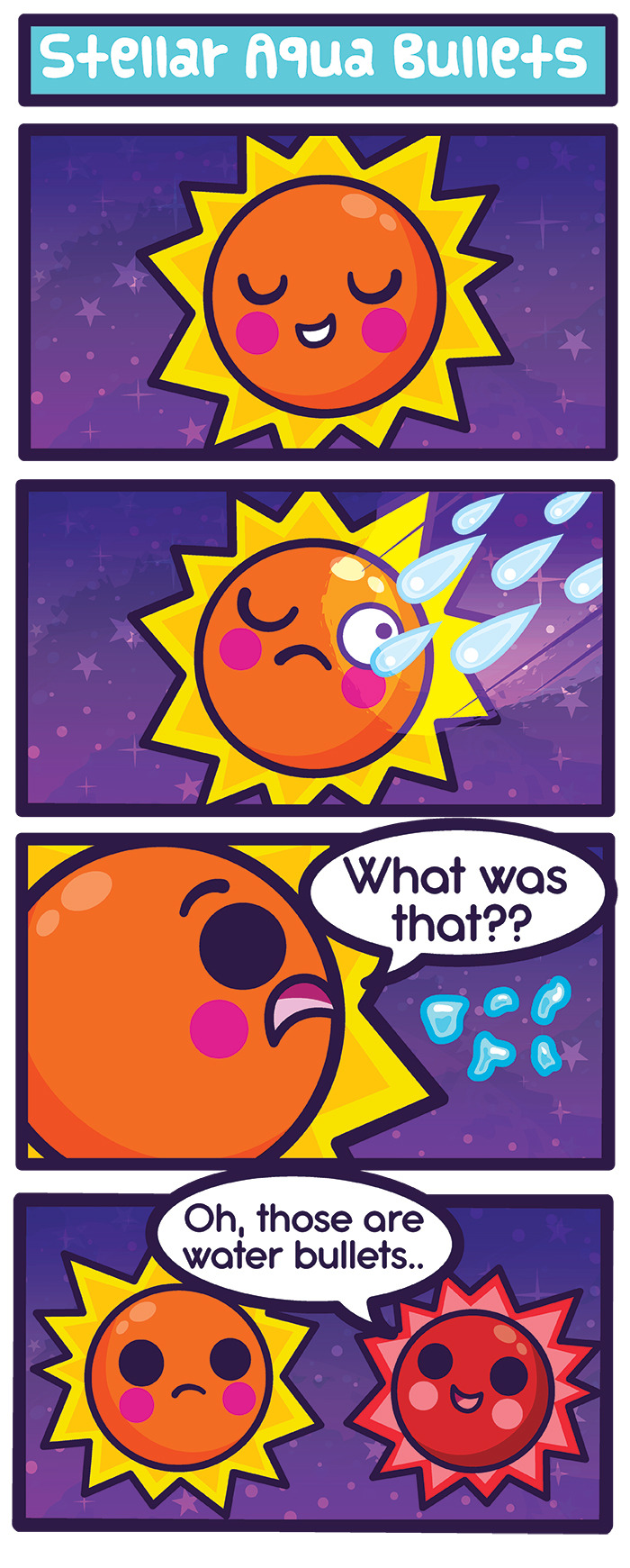
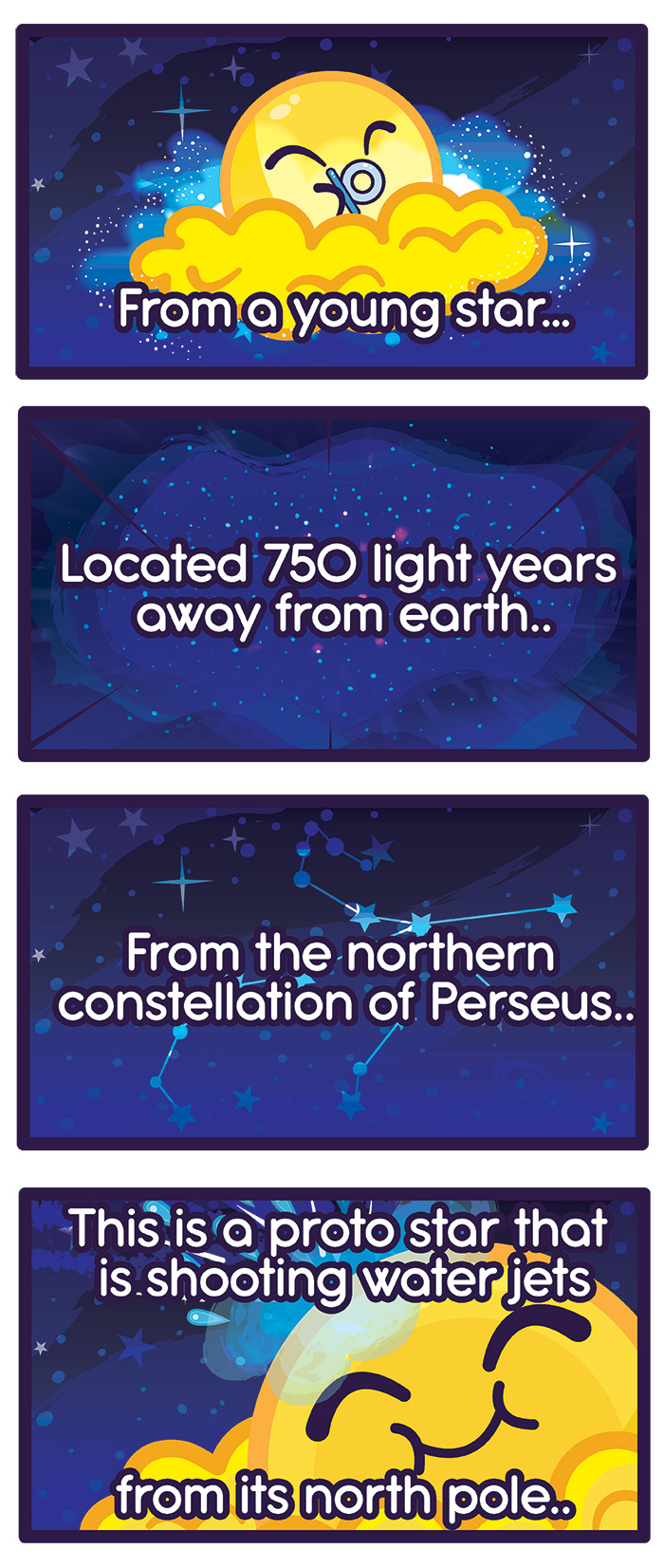

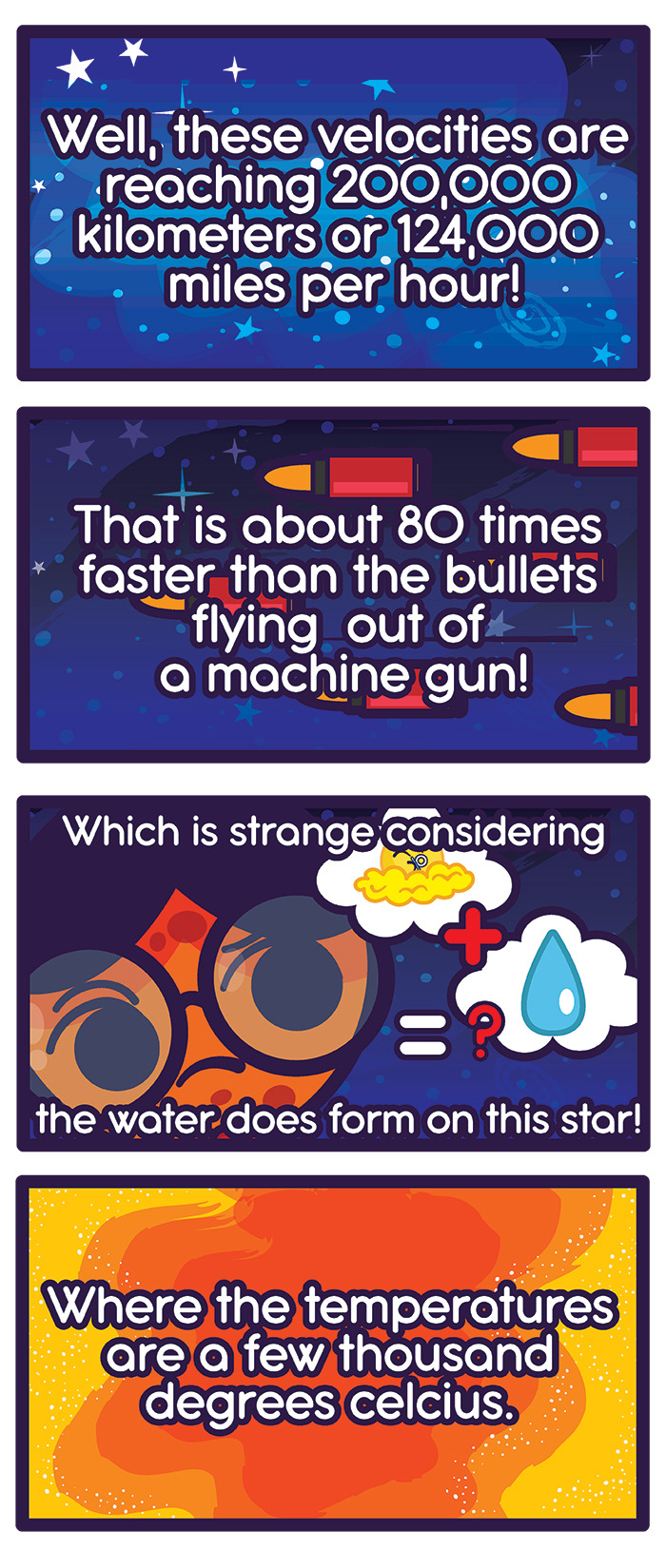
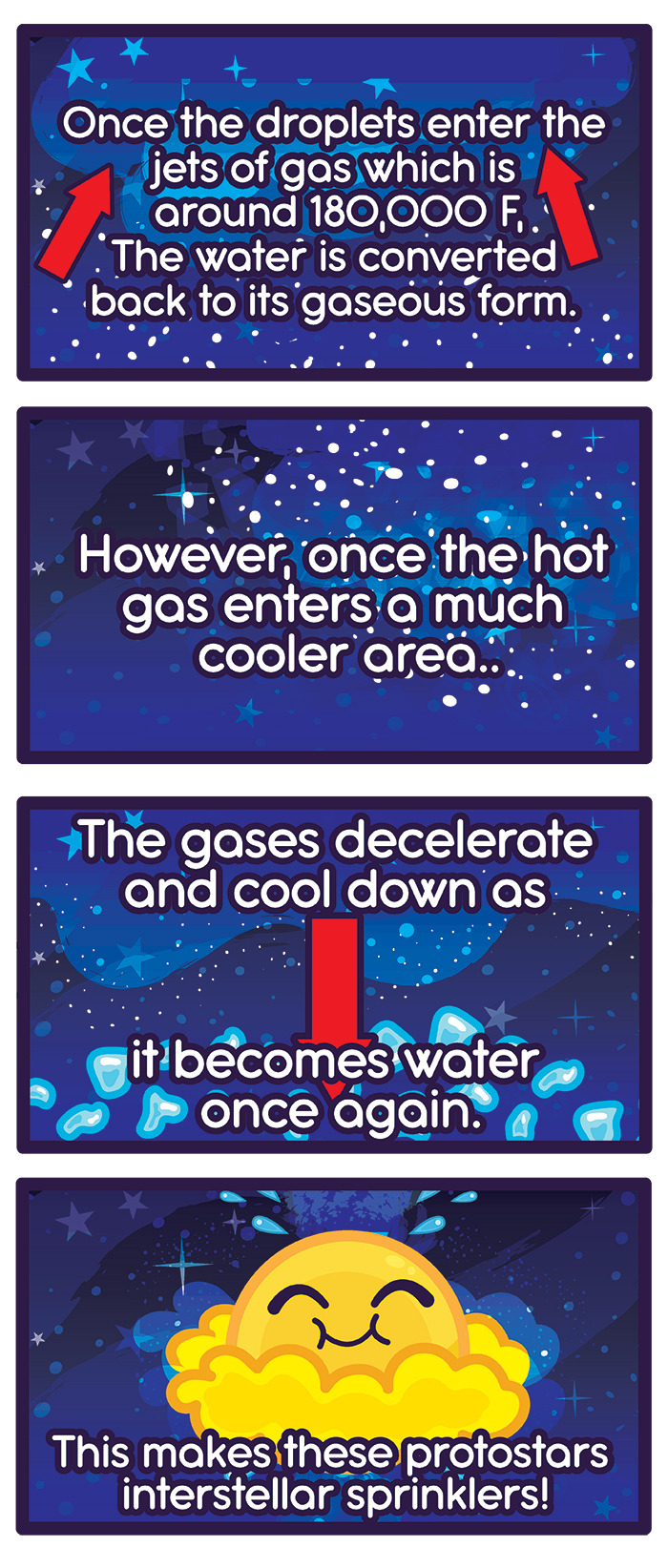

Better late than never!
Here’s a comic about a star that erupts water bullets! OoO!
https://news.nationalgeographic.com/news/2011/06/110613-space-science-star-water-bullets-kristensen/
https://www.huffpost.com/entry/star-shooting-water-jets-herschel_n_879211
https://www.popsci.com/technology/article/2011-06/herschel-spots-young-star-spewing-water-jets-interstellar-space?cmpid=tw
https://www.digitaltrends.com/web/young-stars-shoot-epic-quantities-of-water-into-space-study-shows/




Happy Earth Day everyone!
Planet X came to join the party with a topic on earth like planets! Source: http://www.mnn.com/earth-matters/space/photos/10-nasa-images-of-planets-like-earth/more-discoveries-to-come#top-desktop
Official video with credit where appropriate for the above images.
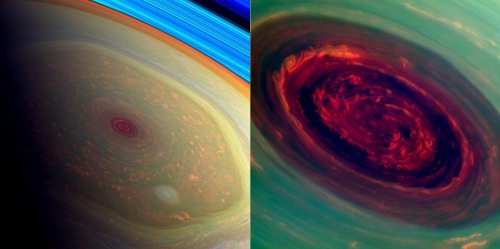
Saturn’s hexagonal storm system in it’s north pole
![Elephant’s Trunk Nebula, 13 Hours Of Ha And Oiii [OC][3711 X 3009]](https://64.media.tumblr.com/f9fbe34024ea66a180ea1571b93d710d/tumblr_pd4cmwZDkF1rcl722o1_500.jpg)
Elephant’s Trunk Nebula, 13 hours of Ha and Oiii [OC][3711 x 3009]
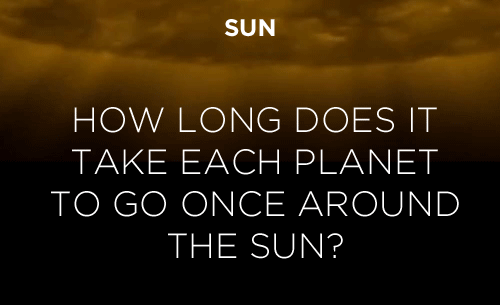








Here’s the orbital period of our solar system’s 8 major planets (how long it takes each to travel around the sun). Their size is to scale and their speed is accurate relative to Earth’s. The repetition of each GIF is proportional to their orbital period. Mercury takes less than 3 months to zoom around Sol, Neptune takes nearly 165 years.
New Science from our Mission to Touch the Sun

In August 2018, our Parker Solar Probe mission launched to space, soon becoming the closest-ever spacecraft from the Sun. Now, scientists have announced their first discoveries from this exploration of our star!
The Sun may look calm to us here on Earth, but it’s an active star, unleashing powerful bursts of light, deluges of particles moving near the speed of light and billion-ton clouds of magnetized material. All of this activity can affect our technology here on Earth and in space.
Parker Solar Probe’s main science goals are to understand the physics that drive this activity — and its up-close look has given us a brand-new perspective. Here are a few highlights from what we’ve learned so far.
1. Surprising events in the solar wind
The Sun releases a continual outflow of magnetized material called the solar wind, which shapes space weather near Earth. Observed near Earth, the solar wind is a relatively uniform flow of plasma, with occasional turbulent tumbles. Closer to the solar wind’s source, Parker Solar Probe saw a much different picture: a complicated, active system.
One type of event in particular drew the eye of the science teams: flips in the direction of the magnetic field, which flows out from the Sun, embedded in the solar wind. These reversals — dubbed “switchbacks” — last anywhere from a few seconds to several minutes as they flow over Parker Solar Probe. During a switchback, the magnetic field whips back on itself until it is pointed almost directly back at the Sun.

The exact source of the switchbacks isn’t yet understood, but Parker Solar Probe’s measurements have allowed scientists to narrow down the possibilities — and observations from the mission’s 21 remaining solar flybys should help scientists better understand these events.
2. Seeing tiny particle events
The Sun can accelerate tiny electrons and ions into storms of energetic particles that rocket through the solar system at nearly the speed of light. These particles carry a lot of energy, so they can damage spacecraft electronics and even endanger astronauts, especially those in deep space, outside the protection of Earth’s magnetic field — and the short warning time for such particles makes them difficult to avoid.

Energetic particles from the Sun impact a detector on ESA & NASA’s SOHO satellite.
Parker Solar Probe’s energetic particle instruments have measured several never-before-seen events so small that all trace of them is lost before they reach Earth. These instruments have also measured a rare type of particle burst with a particularly high number of heavier elements — suggesting that both types of events may be more common than scientists previously thought.
3. Rotation of the solar wind
Near Earth, we see the solar wind flowing almost straight out from the Sun in all directions. But the Sun rotates as it releases the solar wind, and before it breaks free, the wind spins along in sync with the Sun’s surface. For the first time, Parker was able to observe the solar wind while it was still rotating – starting more than 20 million miles from the Sun.

The strength of the circulation was stronger than many scientists had predicted, but it also transitioned more quickly than predicted to an outward flow, which helps mask the effects of that fast rotation from the vantage point where we usually see them from, near Earth, about 93 million miles away. Understanding this transition point in the solar wind is key to helping us understand how the Sun sheds energy, with implications for the lifecycles of stars and the formation of protoplanetary disks.
4. Hints of a dust-free zone
Parker also saw the first direct evidence of dust starting to thin out near the Sun – an effect that has been theorized for nearly a century, but has been impossible to measure until now. Space is awash in dust, the cosmic crumbs of collisions that formed planets, asteroids, comets and other celestial bodies billions of years ago. Scientists have long suspected that, close to the Sun, this dust would be heated to high temperatures by powerful sunlight, turning it into a gas and creating a dust-free region around the Sun.

For the first time, Parker’s imagers saw the cosmic dust begin to thin out a little over 7 million miles from the Sun. This decrease in dust continues steadily to the current limits of Parker Solar Probe’s instruments, measurements at a little over 4 million miles from the Sun. At that rate of thinning, scientists expect to see a truly dust-free zone starting a little more than 2-3 million miles from the Sun — meaning the spacecraft could observe the dust-free zone as early as 2020, when its sixth flyby of the Sun will carry it closer to our star than ever before.
These are just a few of Parker Solar Probe’s first discoveries, and there’s plenty more science to come throughout the mission! For the latest on our Sun, follow @NASASun on Twitter and NASA Sun Science on Facebook.
-
 teriem liked this · 8 months ago
teriem liked this · 8 months ago -
 enhid-events liked this · 2 years ago
enhid-events liked this · 2 years ago -
 crackaddict55 liked this · 2 years ago
crackaddict55 liked this · 2 years ago -
 quarantine-diaries-of-me liked this · 2 years ago
quarantine-diaries-of-me liked this · 2 years ago -
 astronofeminist reblogged this · 2 years ago
astronofeminist reblogged this · 2 years ago -
 forward-lang-blog reblogged this · 3 years ago
forward-lang-blog reblogged this · 3 years ago -
 forward-lang-blog liked this · 3 years ago
forward-lang-blog liked this · 3 years ago -
 deathsmallcaps reblogged this · 4 years ago
deathsmallcaps reblogged this · 4 years ago -
 deathsmallcaps liked this · 4 years ago
deathsmallcaps liked this · 4 years ago -
 kitkatsnow reblogged this · 4 years ago
kitkatsnow reblogged this · 4 years ago -
 kitkatsnow liked this · 4 years ago
kitkatsnow liked this · 4 years ago -
 isp-annafer liked this · 4 years ago
isp-annafer liked this · 4 years ago -
 maybeilldoit reblogged this · 4 years ago
maybeilldoit reblogged this · 4 years ago -
 ccansado liked this · 4 years ago
ccansado liked this · 4 years ago -
 violatr76 liked this · 4 years ago
violatr76 liked this · 4 years ago -
 thelonersstuff reblogged this · 4 years ago
thelonersstuff reblogged this · 4 years ago -
 azaleakamellia liked this · 4 years ago
azaleakamellia liked this · 4 years ago -
 happyyvelociraptor liked this · 4 years ago
happyyvelociraptor liked this · 4 years ago -
 cloudeo liked this · 4 years ago
cloudeo liked this · 4 years ago -
 rationaleidolon liked this · 4 years ago
rationaleidolon liked this · 4 years ago -
 night-hides-the-world reblogged this · 4 years ago
night-hides-the-world reblogged this · 4 years ago
Astronomy and the other wonders you witness when you look to the skies.
115 posts
